What’s this? Adult fiction? ON MY BLOG?!
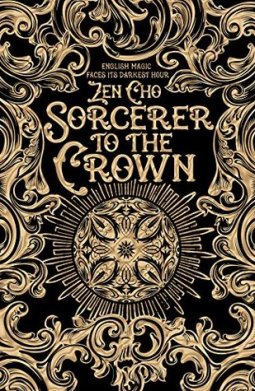 Author(s): Zen Cho
Author(s): Zen Cho
Publisher: Macmillan
Publication date: October 1st 2015
Source: Library
Find on Goodreads and The Book Depository
Zacharias Wythe is England’s first African Sorcerer Royal. In a Regency London where magic is an everyday reality, he must juggle conflicting demands and malicious rumours. There’s the wayward Royal Society of Unnatural Philosophers, where a faction schemes to remove him from his position by fair means or foul. The Fairy Court is withholding magical resources and the British government is baying to deploy increasingly scarce magic in its war with France. And now he has to deal with something even more outrageous than any of these things: a female magical prodigy.
Prunella Gentleman is an orphan desperate to escape the school where she has drudged all her life. A visit by the Sorcerer Royal seems the perfect opportunity. For Prunella has just stumbled upon English magic’s greatest discovery in centuries – and she intends to make the most of it…
I picked up Sorcerer to the Crown in an effort to find more adult fiction that suits my YA-honed tastes. It has so many things that I like: a richly constructed magic system, a detailed historical backdrop, an inventive story full of intrigue and memorable plot devices. Cho injects the grand architecture and glamourous parties of Regency London with a fitting and vibrant strain of magic. She also packs the novel with plenty of unfurling secrets and social questions, from themes of class and race to community and culture.
Overworked sorcerer royal Zacharias is trying to investigate a scarcity of magic in England, but he’s being hindered by a hostile magical aristocracy and hounded by rumours that he played a role in the death of his adoptive father, the previous Sorcerer Royal, Sir Stephen Wythe. Of course, this being a fantasy novel, the plot is twisty and Sir Stephen is still around as a ghost. Prunella is young, reckless and ambitious, making for solid contrast between the leads. Zacharias is African and Prunella is biracial, bringing some welcome characters of colour to a historical period too often generalised as white. Supporting characters include Zacharias’ high-born, society-fluent adoptive mother; subplots include a conflict between a sultan and some very powerful witches.
The writing style takes some getting used to, but it absolutely suits the genre and even has occasional moments of knowing humour. There’s a subtle element of romance I would have liked to have seen more of. My major issue with the book is that it’s quite slow. You can practically feel the pace dragging. If it were shorter, tighter, less agonisingly slow-moving, it would actually make for a cracking bridge between YA and adult SFF. There is supposedly a sequel in the works (it’s currently slated for March 2019), but after the initial publication date of 2017 sailed by and barely a peep about the book since, the wait for The True Queen has been as slow as reading Sorcerer to the Crown can sometimes feel. Still, if we can wait for the next series installment in A Game of Thrones or Outlander, I’m sure I’ll pick up this book’s sequel eventually.

Zen Cho’s Sorcerer to the Crown is a slow but rich and unusual take on historical fantasy. For fans of The Watchmaker of Filigree Street by Natasha Pulley, The Dark Days Club by Alison Goodman and Jonathan Strange and Mr Norrell by Susanna Clarke.


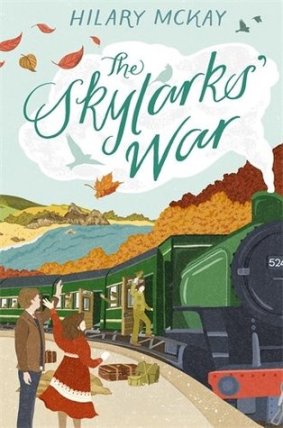 Author(s): Hilary McKay
Author(s): Hilary McKay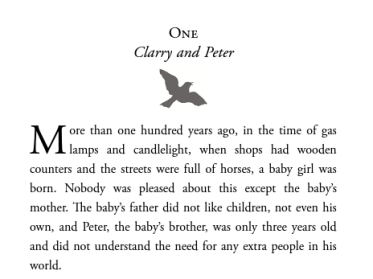


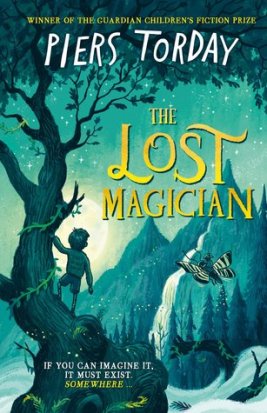 Author(s): Piers Torday
Author(s): Piers Torday

 Sophia Bennett’s debut novel, Threads, won the Times/Chicken House Children’s Fiction Competition in 2009. She has since published six further novels for young teens, including The Look and Love Song. For her exploration of the worlds of fashion, art and music, Sophia has been called ‘the queen of teen dreams’ by journalist Amanda Craig. Her books have sold internationally to over 16 countries and there are plans to make Threads into a children’s TV series.
Sophia Bennett’s debut novel, Threads, won the Times/Chicken House Children’s Fiction Competition in 2009. She has since published six further novels for young teens, including The Look and Love Song. For her exploration of the worlds of fashion, art and music, Sophia has been called ‘the queen of teen dreams’ by journalist Amanda Craig. Her books have sold internationally to over 16 countries and there are plans to make Threads into a children’s TV series. Ordinary maid Mary becomes the mysterious Persephone when she enters the world of the Pre-Raphaelites. Did you always want to write about this period in art? How did you make that world come so vibrantly to life?
Ordinary maid Mary becomes the mysterious Persephone when she enters the world of the Pre-Raphaelites. Did you always want to write about this period in art? How did you make that world come so vibrantly to life? SB: I’m glad you’ve noticed them! I find that the more I mentor new writers, the more I get them to focus on setting. The reader wants to be able to picture where things are happening and setting helps to create the mood and character of a book. It’s often what keeps me going while I’m writing. My protagonists won’t do what they’re told, the plot goes off in unexpected directions, but the houses, streets, hotels, canals and palazzos are always there to be luxuriated in. I want my reader to be tucked up on her sofa with a hot chocolate, imagining herself in these places, as I do while I write.
SB: I’m glad you’ve noticed them! I find that the more I mentor new writers, the more I get them to focus on setting. The reader wants to be able to picture where things are happening and setting helps to create the mood and character of a book. It’s often what keeps me going while I’m writing. My protagonists won’t do what they’re told, the plot goes off in unexpected directions, but the houses, streets, hotels, canals and palazzos are always there to be luxuriated in. I want my reader to be tucked up on her sofa with a hot chocolate, imagining herself in these places, as I do while I write. SB: Thank you! I’m very fond of Love Song but it was very hard to write – or at least, the first half was. Once they all settled down in the crumbling country house it got easier. It was inspired by my (spot on as it turned out) conviction that One Direction were on the verge of splitting up and wondering how they must be feeling. As Keris Stainton knows, I have a very soft spot for Harry – although possibly not quite as soft as hers. But in the end I was more inspired by reading about the heyday and split up of the Beatles, who are closer to my band The Point. Lounging around, doing my research for the book by reading rock biographies was a pretty awesome way to make a living.
SB: Thank you! I’m very fond of Love Song but it was very hard to write – or at least, the first half was. Once they all settled down in the crumbling country house it got easier. It was inspired by my (spot on as it turned out) conviction that One Direction were on the verge of splitting up and wondering how they must be feeling. As Keris Stainton knows, I have a very soft spot for Harry – although possibly not quite as soft as hers. But in the end I was more inspired by reading about the heyday and split up of the Beatles, who are closer to my band The Point. Lounging around, doing my research for the book by reading rock biographies was a pretty awesome way to make a living. SB: That it is very hard to write and sell books specifically for teens to teens in the UK! Unless they’re fantasy. The teens who read a lot have all the books in the world to choose from. I’ve always wanted to write for 11-15 year olds, but it’s a competitive market.
SB: That it is very hard to write and sell books specifically for teens to teens in the UK! Unless they’re fantasy. The teens who read a lot have all the books in the world to choose from. I’ve always wanted to write for 11-15 year olds, but it’s a competitive market.
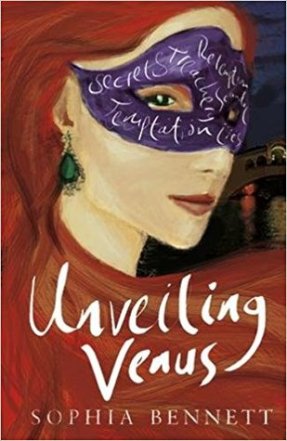 Author(s): Sophia Bennett
Author(s): Sophia Bennett

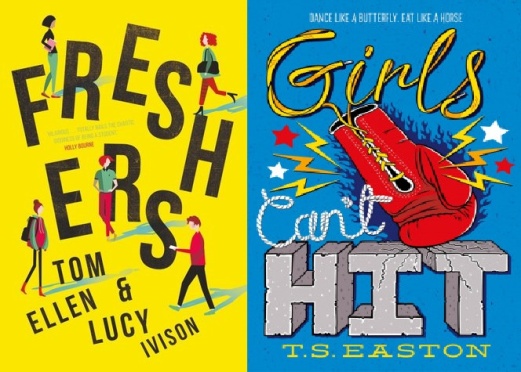
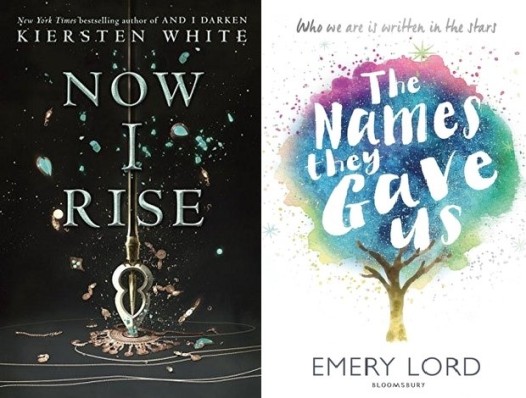
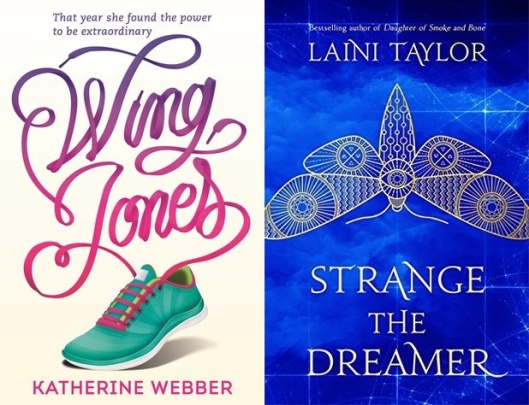
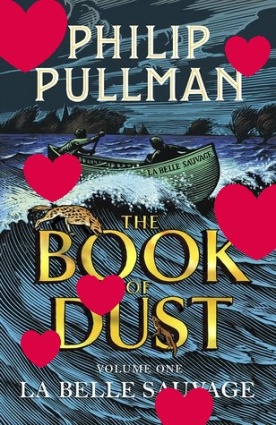

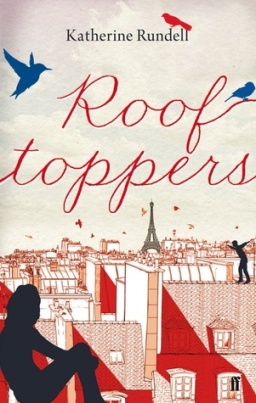 Rooftoppers by Katherine Rundell
Rooftoppers by Katherine Rundell
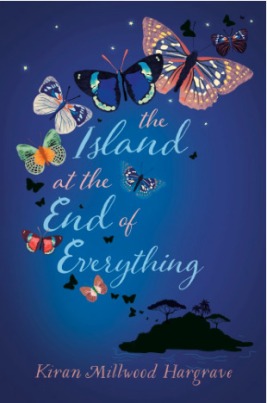 The Island at the End of Everything by Kiran Millwood Hargrave
The Island at the End of Everything by Kiran Millwood Hargrave
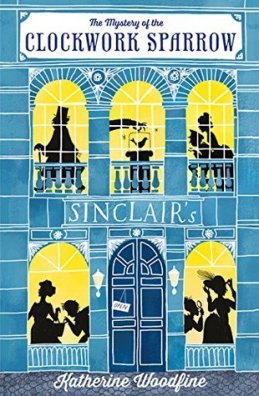
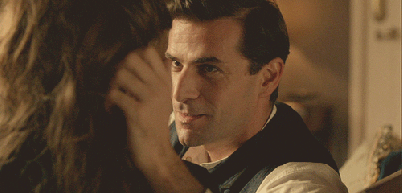


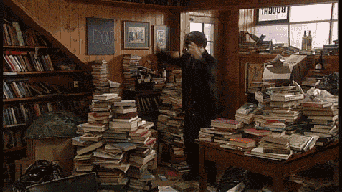
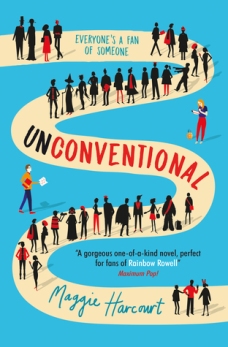 Unconventional by Maggie Harcourt
Unconventional by Maggie Harcourt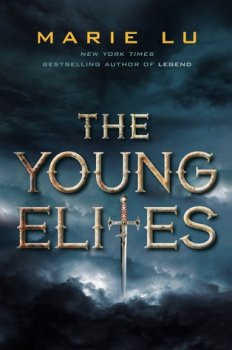 The Young Elites by Marie Lu
The Young Elites by Marie Lu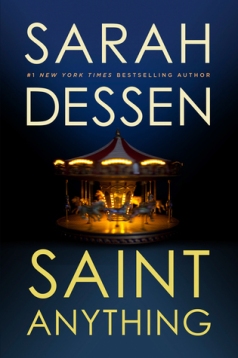 Saint Anything by Sarah Dessen
Saint Anything by Sarah Dessen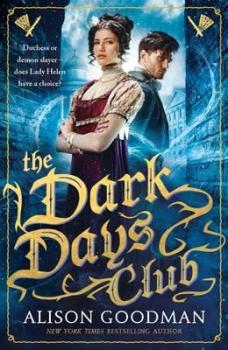 The Dark Days Club by Alison Goodman
The Dark Days Club by Alison Goodman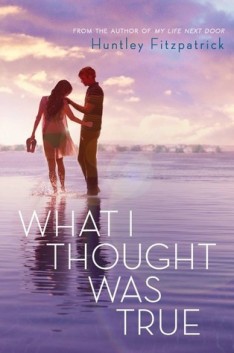 What I Thought Was True by Huntley Fitzpatrick
What I Thought Was True by Huntley Fitzpatrick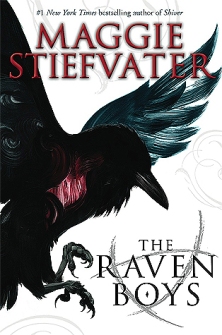 The Raven Boys by Maggie Stiefvater
The Raven Boys by Maggie Stiefvater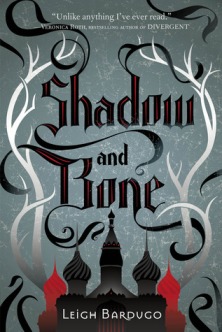 Shadow and Bone by Leigh Bardugo
Shadow and Bone by Leigh Bardugo
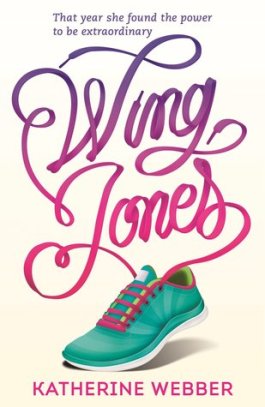 Author(s): Katherine Webber
Author(s): Katherine Webber

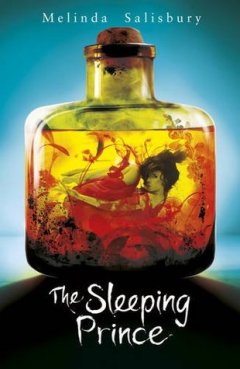 The Sleeping Prince by Melinda Salisbury
The Sleeping Prince by Melinda Salisbury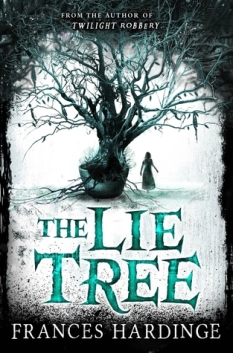 The Lie Tree by Frances Hardinge
The Lie Tree by Frances Hardinge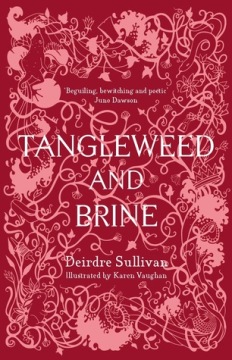 Tangleweed and Brine by Deirdre Sullivan
Tangleweed and Brine by Deirdre Sullivan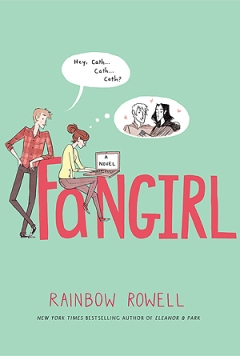 Fangirl by Rainbow Rowell
Fangirl by Rainbow Rowell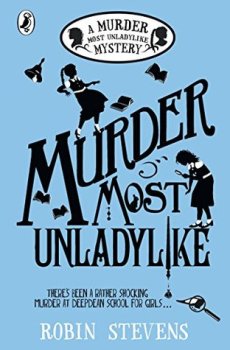 Murder Most Unladylike by Robin Stevens
Murder Most Unladylike by Robin Stevens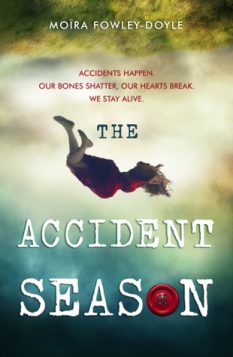 The Accident Season by Moïra Fowley-Doyle
The Accident Season by Moïra Fowley-Doyle